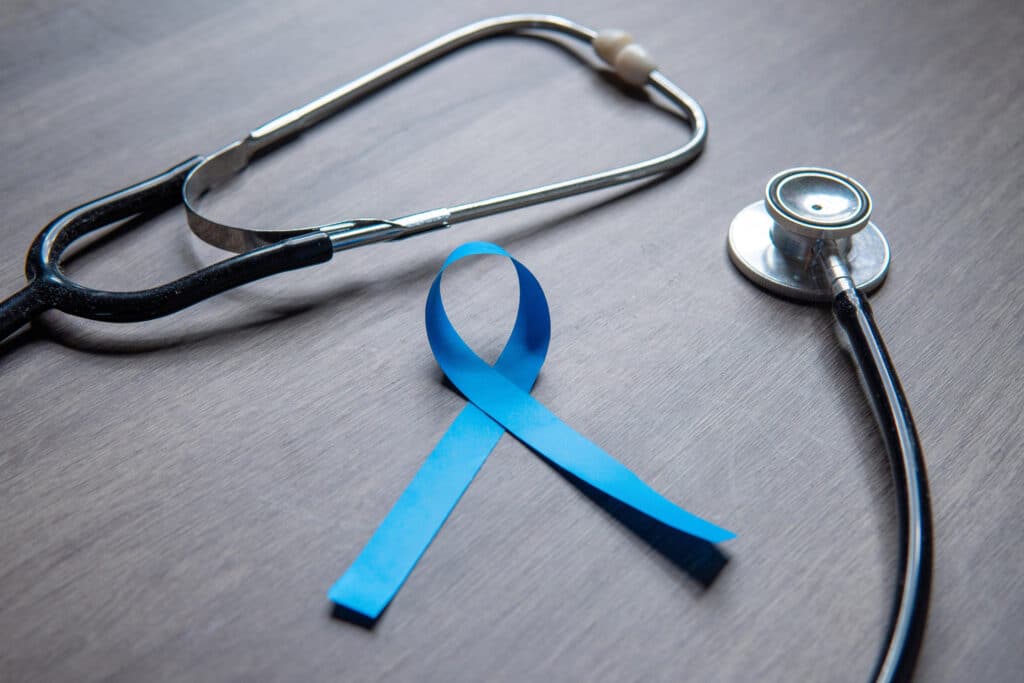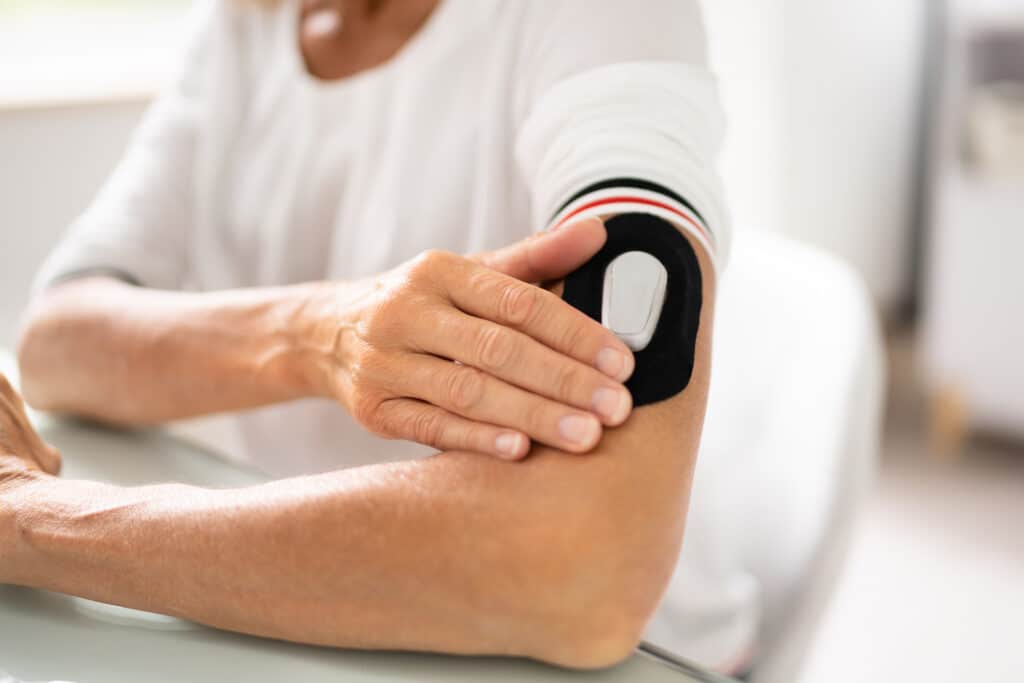
Men’s Health Awareness Month: Key Issues, and How Nurse Triage Can Help
June is Men’s Health Awareness Month, and an excellent time to encourage men to take charge of their own physical and mental well-being. Despite numerous public health campaigns, men are less likely than women to seek medical attention, which can delay diagnoses and lead to worse health outcomes. Providers and healthcare call centers play an important role in closing this care gap by helping them

Celebrating National Nurses Week 2025: Honoring Nurses and TriageLogic’s Commitment to Support
National Nurses Week is almost here! Held annually from May 6 to 12, this period recognizes the invaluable contributions of these caregivers. It also concludes on the birthday of Florence Nightingale, who is widely considered the founder of modern nursing. This year, the American Organization for Nursing Leadership (AONL) has chosen the theme “Care, Lead, Inspire — Repeat,” highlighting the continuous cycle of compassion, leadership,

Leveraging AI in Triage Software for Better Performance
The healthcare industry is no stranger to artificial intelligence (AI). Using it to help patient engagement has become a primary focus in recent years, and triage software is no exception. For those physicians who are looking for tools that can improve how their nurses assess patient symptoms over the phone, now is the time to learn about leveraging AI for better triage software performance. Let’s

Health Trends in November: Balancing Wellness Through the Holiday Season
November marks the start of the holiday season, when family gatherings, food choices, disease management, and other health trends can affect our minds and bodies. Yet this time of year also brings unique opportunities for addressing these concerns and prioritizing well-being. Here are the most common ones to keep in mind. https://youtu.be/IIdZaZlzEA4 1. Health Trends: Respiratory Illness Prevention With colder weather and increased indoor gatherings,

How Cloud Technology Affects Triage Software: 4 Key Benefits
Part of delivering more efficient care starts by guiding patients to the appropriate providers. Triage nurses are often your best resource for doing this, especially when they’re equipped with powerful software. It’s also worth noting how cloud technology affects triage software in terms of its functionality, accessibility, and scalability, and why these elements are so critical in modern healthcare. Here are the four key benefits

Healthcare Data Breach: What Are the Costs to Your Practice?
Data breaches and ransomware attacks continue to be concerns for health systems and practices of all sizes. They not only compromise sensitive patient information, but also cause significant damage to finances and reputations. Below, we explore what costs could affect your practice in the event of a healthcare data breach, and what you can do to avoid them. The Staggering Costs of Healthcare Data Breaches

Mastering Medicare RPM Reimbursement: Your Guide to CPT Codes for RPM
New technologies are revolutionizing how doctors can perform chronic care management (CCM). Remote patient monitoring (RPM) is one of them, giving doctors and nurses the ability to track patients’ health while those patients are at home. For this technology to be financially successful for your practice, your workers must understand the most recent CPT codes for RPM to get reimbursed, as well as the services

The Heart of Healthcare: Solutions for Physician Work-Life Balance
Physician work-life balance is an important topic in today’s fast-paced medical landscape. The demands of patient care, administrative tasks, and personal responsibilities often leave physicians feeling overwhelmed and at risk of burnout. In fact, research shows burnout among physicians spiked to 63% back in 2021. In the spirit of Valentine’s Day, we present solutions for physician work-life balance to save time and increase revenue. These

Nurse Triage by the Numbers: Top 20 Symptoms That Patients Call About
What are the main concerns that people face when doctors’ offices are closed? How serious do they tend to be? Because there is a wide range of medical conditions that patients may experience, it’s the responsibility of triage nurses to understand those symptoms and guide patients to the most appropriate care. Below we explore the top 20 symptoms that patients call about most. A Note

Holiday Tips for Healthy Triage Nurses
Maintaining a healthy lifestyle during the holidays can be difficult for healthcare workers, and triage nurses are no exception. That’s why we’ve put together a helpful list of tips they can follow to make sure they stay as safe as the patient callers they assist. Here’s how you can support healthy triage nurses. Embrace Mindful Eating Holiday festivities often bring a wide range of indulgent

Guidance for Triage Nurses About Bed-Wetting Concerns: Navigating Conversations on Nocturnal Enuresis
Bed-wetting, also known as nocturnal enuresis, is a frequent point of discussion in pediatric triage. Triage nurses tend to receive calls that involve caregivers looking for advice and a better understanding about underlying causes. Read below for tips designed to arm triage nurses in these interactions. Your nurses can use them to speak confidently with caregivers, provide preliminary guidance, and reassure them about bed-wetting concerns.

Childhood Obesity and Prevention Tips for Pediatricians: A Discussion With Ravi Raheja, M.D.
Childhood obesity isn’t just a problem in the United States. It’s a global health concern that has seen a dramatic surge over the past few decades. Not only does it present immediate health challenges for affected children, it also lays the groundwork for a myriad of health complications that can arise later in people as adults. TriageLogic’s Ravi Raheja, M.D. sat down to discuss the

